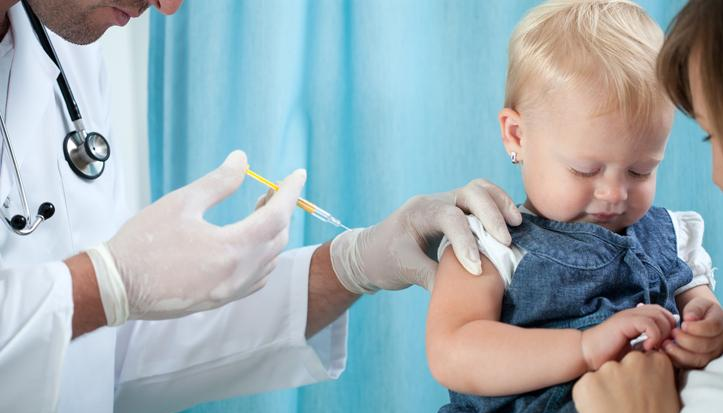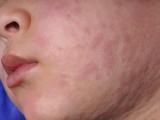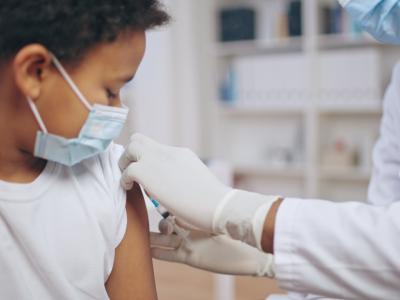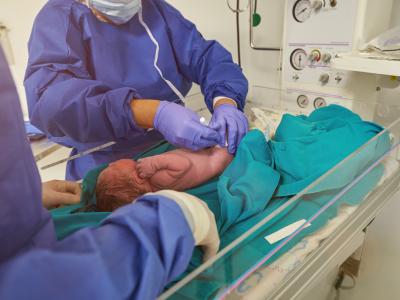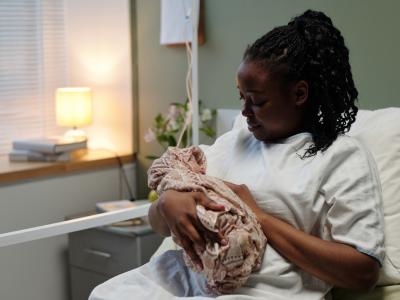Early uptake of the measles, mumps, and rubella (MMR) vaccine rose rapidly in Texas infants after the start of the state's measles outbreak in January, even before the Centers for Disease Control and Prevention (CDC) urged vaccination for this age-group, researchers note in JAMA Network Open.
Scientists from Truveta, a company that provides electronic health record data, identified Texas infants with clinic visits at two to four, four to six, and six to 11 months old from 2019 to April 2025 (regular care).
The team also analyzed data on MMR or MMRV (MMR plus varicella, or chickenpox) vaccines given from 182 days to 24 months of age. For each month, they calculated the proportion of measles vaccinations administered early (at six to 11 months) among 82,949 children who received regular care and, among them, the 66,749 vaccinated with at least one dose before age two years from January 2024 to April 2025.
This year, the United States has recorded the largest number of measles cases since elimination was declared in 2000, at more than 1,700. On March 7, in response to the growing West Texas outbreak, the CDC issued a Health Alert Network recommending early vaccination for infants living in or traveling to affected counties. The outbreak was declared over in August.
32-fold higher uptake among 6-month-olds in April
The proportion receiving early vaccination rose sharply starting in February 2025. In March and April, 20.1% of 2,094 first doses were given early. The proportion of early vaccination remained at 0.7% (332 early doses of 48,453) from 2020 through January 2025. In 2019, the proportion of early vaccinees was also higher (153 of 8,781 doses [1.7%]) when a different outbreak prompted similar recommendations, but the rate in March and April was 11.5 times higher.
These data suggest an increase in early vaccination started in February, even before the updated guidelines were issued, potentially due to clinician and/or parental concern.
From January 2024 to January 2025 (baseline, before the outbreak), monthly vaccination rates for all age-groups were below 2%. In April, rates peaked at 10.0% for 10-month-olds (10.4-fold increase from baseline). Six-month-olds also had high rates (8.7%), 31.7 times higher than baseline (0.3%). Vaccination rates at that time were lowest among infants aged eight and 11 months.
"These data suggest an increase in early vaccination started in February, even before the updated guidelines were issued, potentially due to clinician and/or parental concern," the authors wrote.
They noted that routine well-child visits occur at ages six and nine months. "Children with well-child visits in March or April 2025 had higher vaccination rates than those due for visits in May (eg, 8- and 11-month-olds), suggesting that pediatric well-child visits are an opportunity for early vaccination in Texas," they wrote.
Outreach strategies such as reminders could further increase vaccination rates, they said.
"The Texas outbreak began to slow in May 2025, and as of August 13, 2025, 2 incubation periods have passed since the last reported case in Texas," they concluded. "These data suggest that increased vaccination among younger children may have helped reduce the risk of cases among those at greatest risk."
Addressing misinformation, gaps in coverage
In a commentary in the same journal, Lece Webb, MD, of the University of Alabama, and Sean O'Leary, MD, MPH, of the University of Colorado, said the findings are encouraging for overall vaccination infrastructure while also highlighting important gaps.
Despite challenges from mis- and disinformation, vaccine refusal, and uneven access, families and clinicians mobilized quickly when faced with the threat of measles.
"Despite challenges from mis- and disinformation, vaccine refusal, and uneven access, families and clinicians mobilized quickly when faced with the threat of measles," they wrote. "This rapid uptake likely contributed to slowing transmission by May 2025."
They conclude, "We must also build capacity for improved vaccine delivery for children not scheduled for routine well-child care. Going forward, lessons learned from this outbreak should inform preparedness plans for inevitable future outbreaks."
